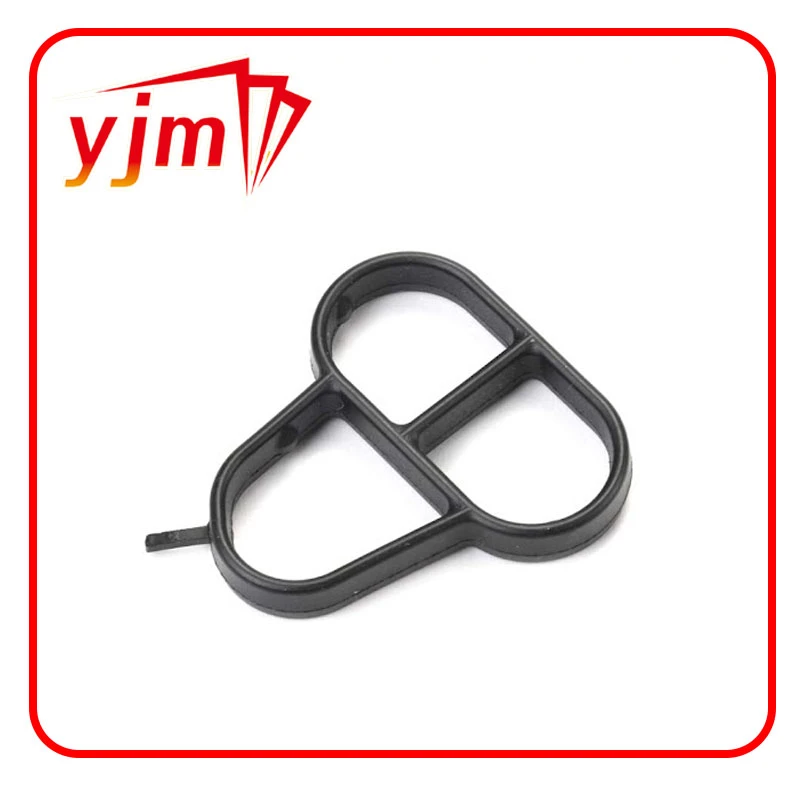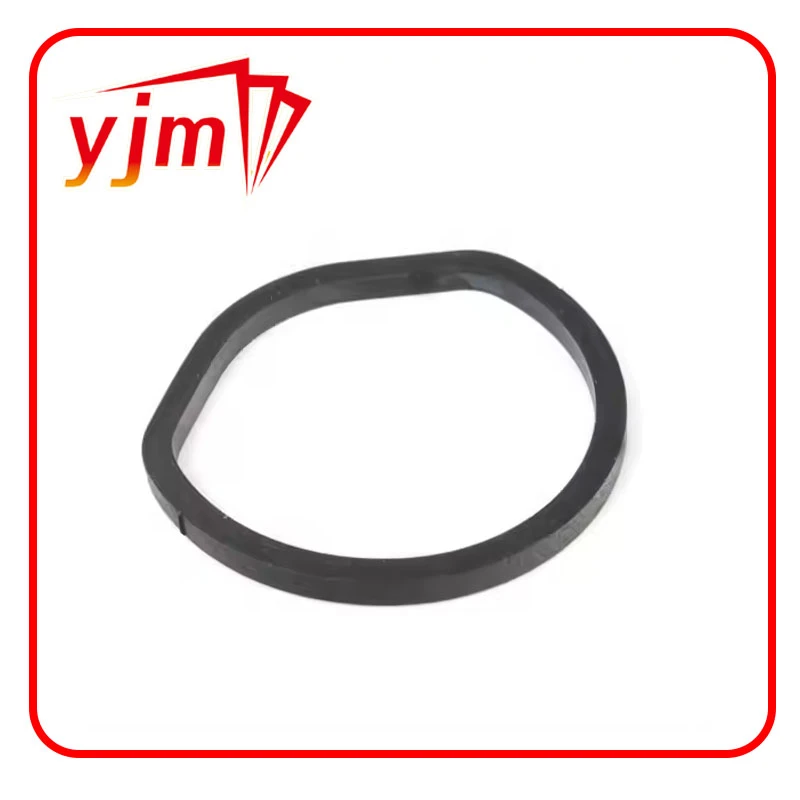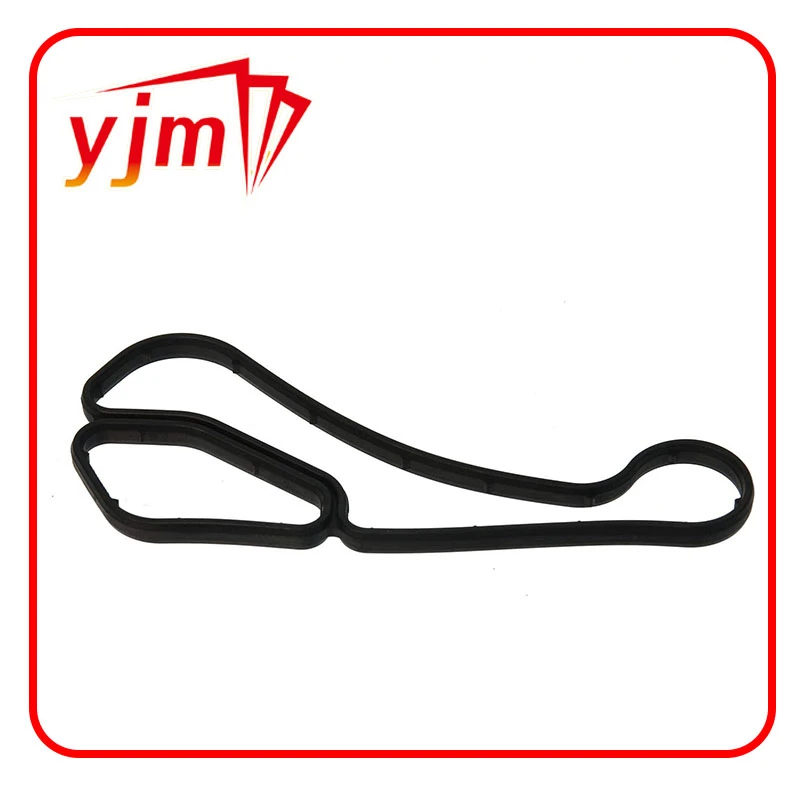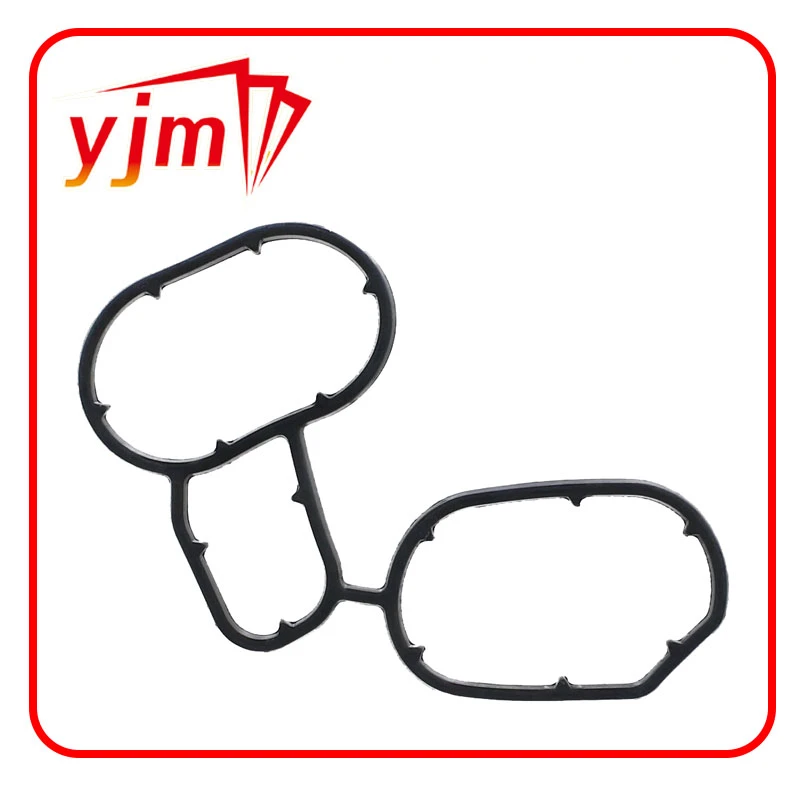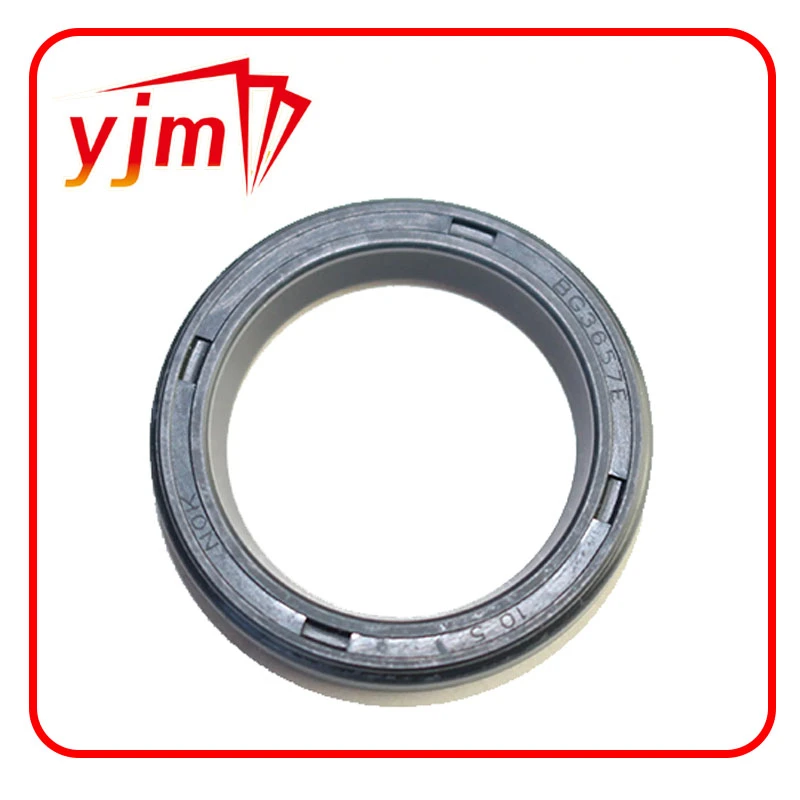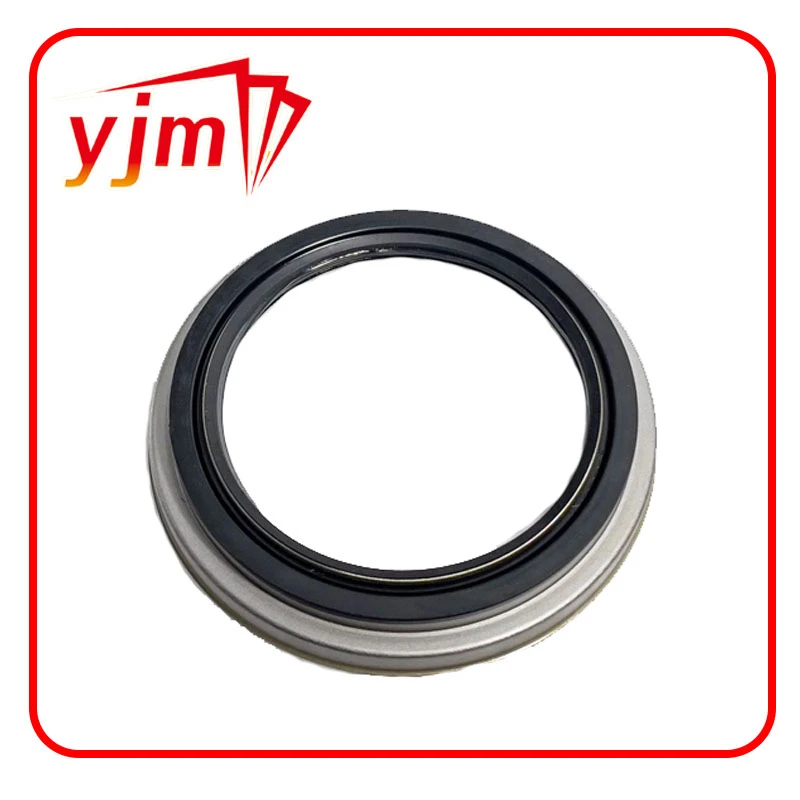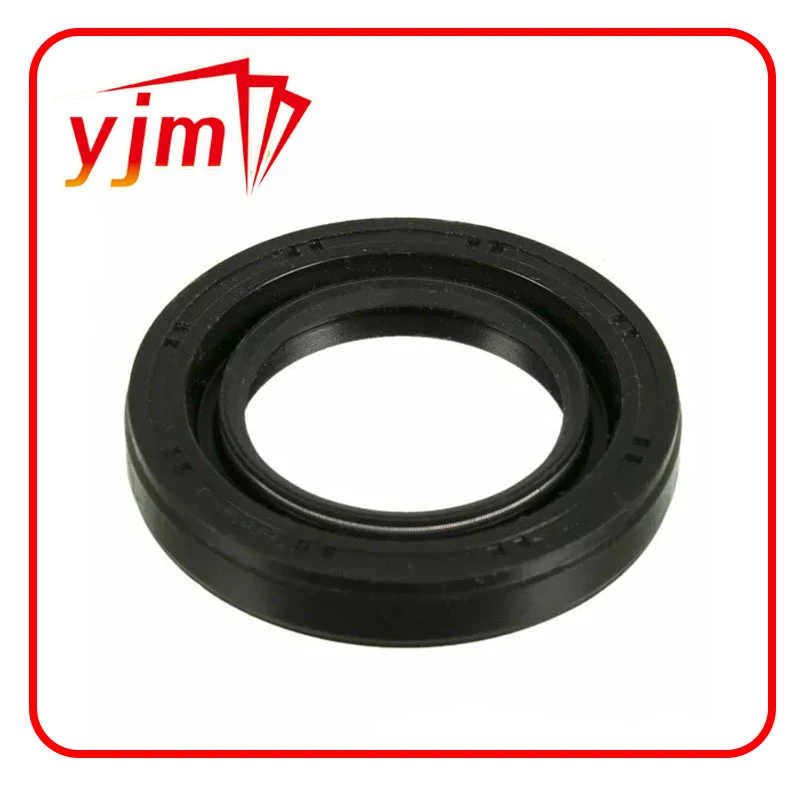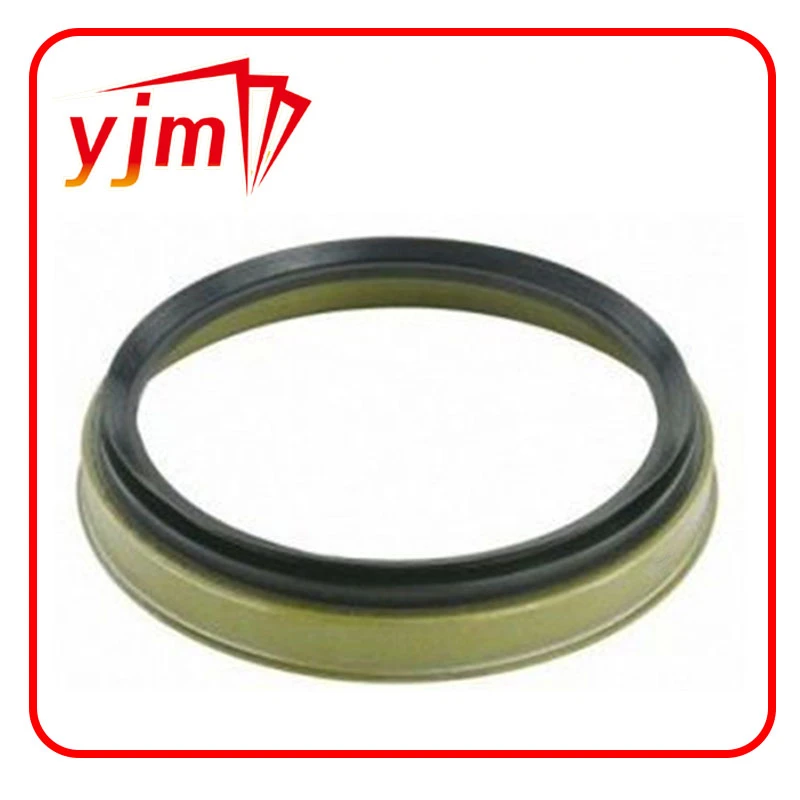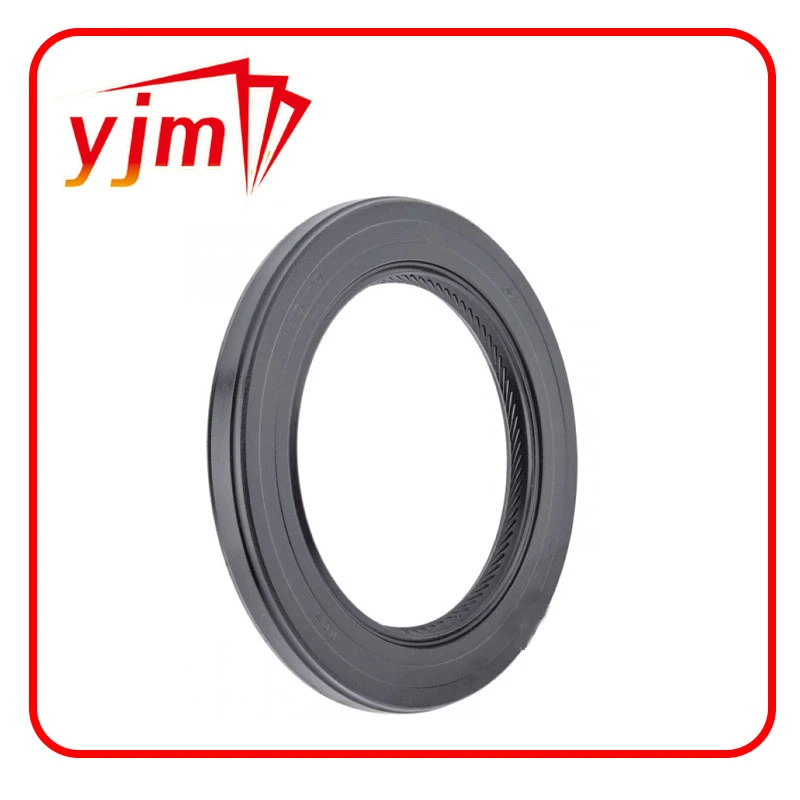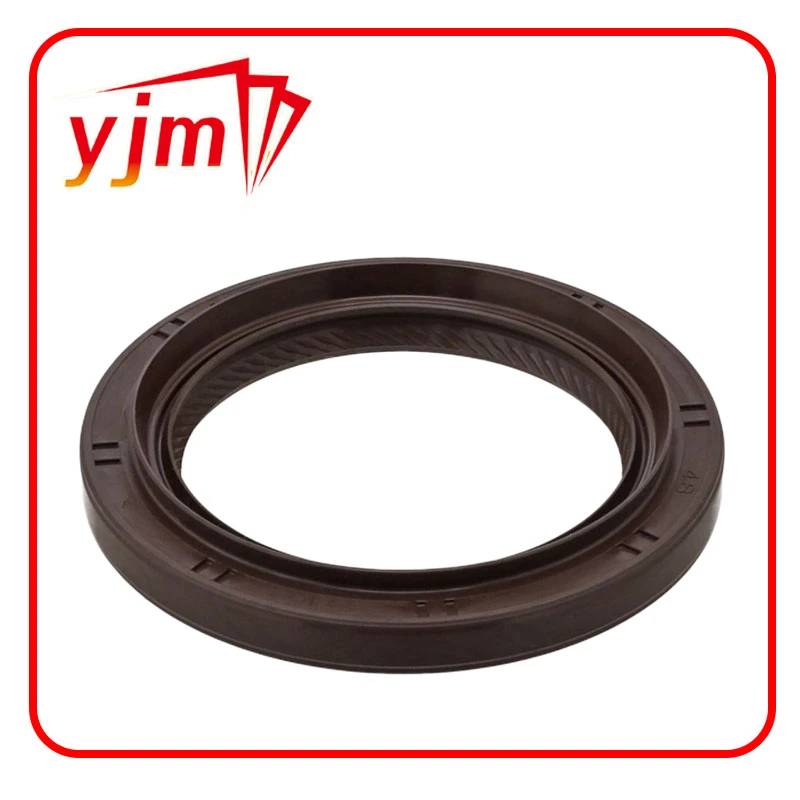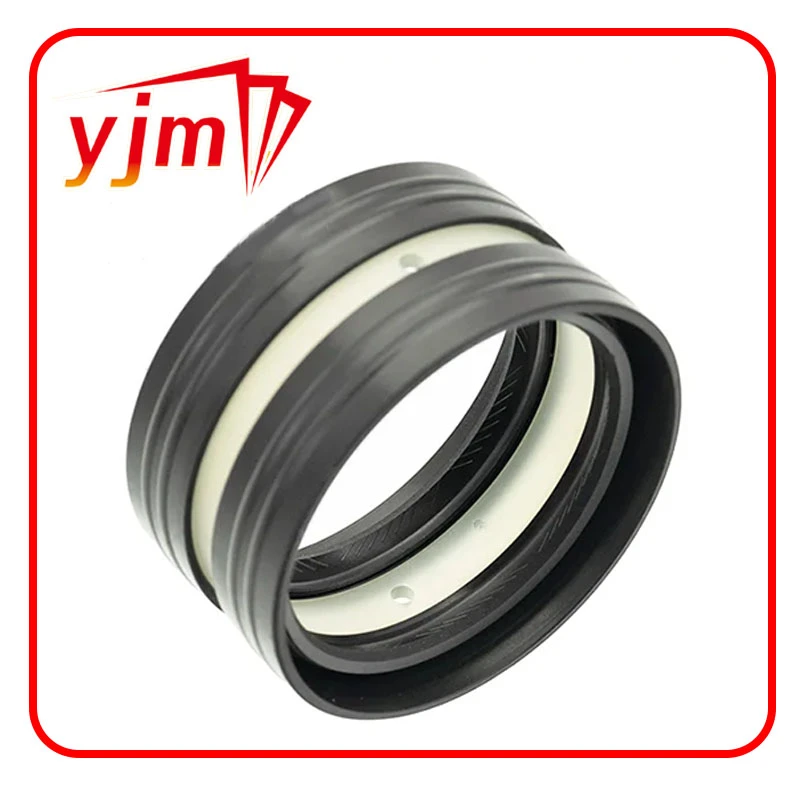Understanding Hydraulic Pump Shaft Seal Functionality and Importance in Equipment Performance
Understanding Hydraulic Pump Shaft Seals Importance and Maintenance
Hydraulic systems play a crucial role in various industrial and automotive applications, efficiently transferring energy through pressurized fluids. A critical component of these systems is the hydraulic pump, which converts mechanical energy into hydraulic energy. However, the effective operation of a hydraulic pump relies heavily on the integrity of its shaft seal. In this article, we will explore the importance of hydraulic pump shaft seals, their function, types, and maintenance practices to ensure optimal performance and longevity.
The Function of Hydraulic Pump Shaft Seals
The primary function of a hydraulic pump shaft seal is to prevent the leakage of hydraulic fluid along the shaft, which can occur due to the rotational motion of the pump. These seals create a barrier that helps maintain system pressure, ensuring that the hydraulic fluid remains contained within the system. Leakage not only decreases the efficiency of the hydraulic system but can also lead to contamination of the hydraulic fluid, increased wear on components, and safety hazards due to fluid spills.
Additionally, a well-functioning shaft seal helps protect the internal components of the pump, including bearings and gears, from exposure to contaminants, moisture, and dirt. This protective function ultimately contributes to the overall reliability and longevity of the pump.
Types of Hydraulic Pump Shaft Seals
1. Mechanical Seals These seals consist of at least one pair of sliding faces, usually made of different materials, that form a seal. Mechanical seals are highly effective in high-pressure applications and provide a reliable sealing solution for hydraulic pumps.
2. Lip Seals Also known as radial shaft seals, lip seals utilize a flexible lip that presses against the rotating shaft to create a seal. These are often used in lower-pressure applications and are favored for their simplicity and ease of installation.
3. O-Rings O-rings are circular seals made from rubber or elastomer materials that fit into a groove to provide a tight seal around the shaft. They are versatile and can accommodate various applications; however, they are not always suitable for high-pressure scenarios where they might extrude.
4. Packing Seals These seals consist of braided materials that create a tight seal around the shaft. While they are commonly used in older equipment, they require regular maintenance to ensure their effectiveness.
hydraulic pump shaft seal
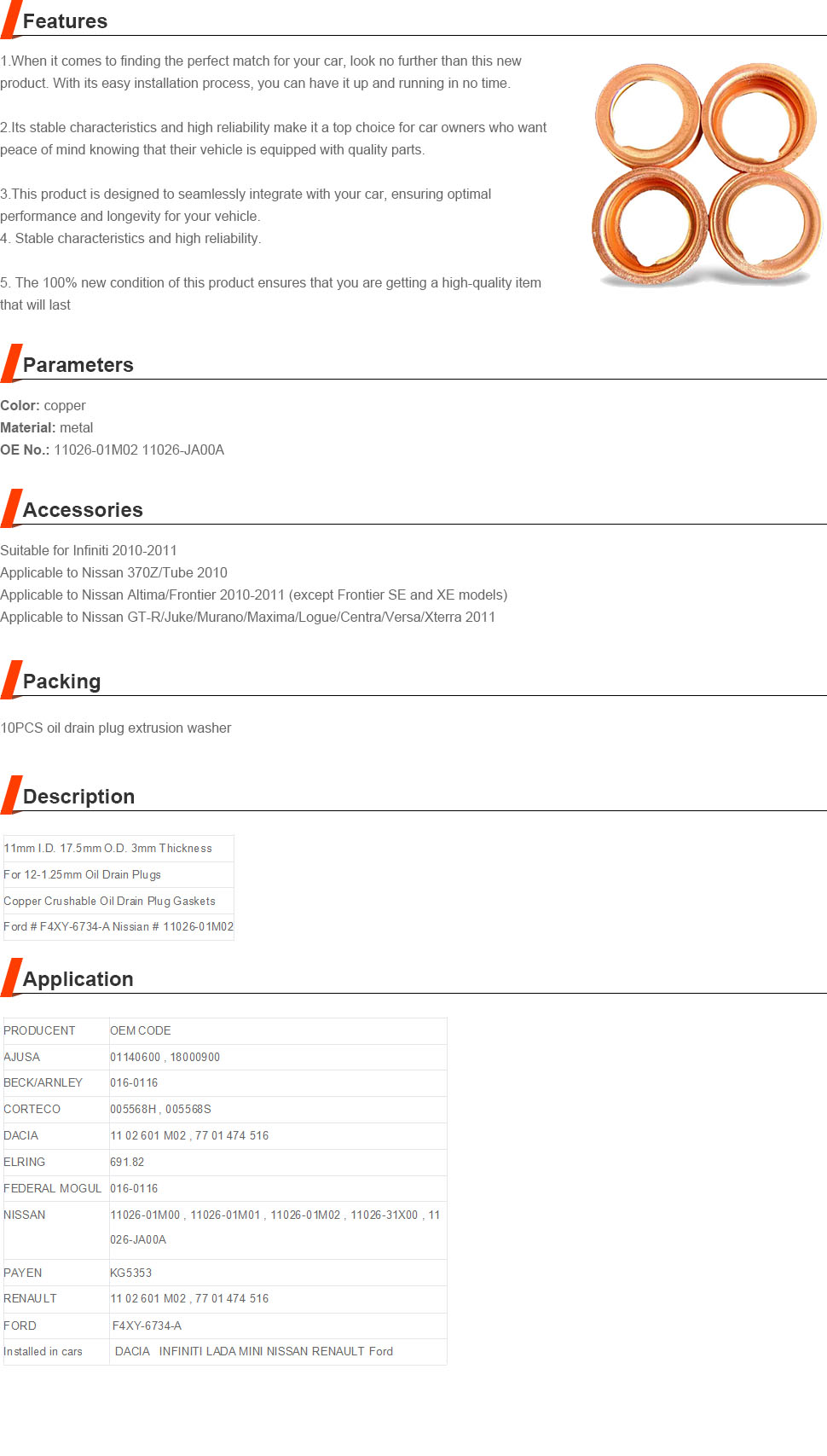
Maintenance of Hydraulic Pump Shaft Seals
To ensure the longevity of hydraulic pump shaft seals, regular maintenance is essential. Here are some best practices
- Regular Inspections Conduct routine inspections of the hydraulic system to identify any signs of leakage or wear on seals. This can help detect potential issues before they become significant problems.
- Fluid Condition Monitoring Keep an eye on the condition of the hydraulic fluid. Contaminated or degraded fluid can cause wear on seals, so ensuring clean fluid is vital.
- Temperature Control Hydraulic systems often operate under varying temperature conditions. Ensure that the fluid temperature remains within the manufacturer’s specified limits to avoid seal degradation.
- Proper Installation When replacing seals, ensure proper installation according to manufacturer specifications. Incorrect installation can lead to premature seal failure.
- Training and Awareness Operators and maintenance personnel should be trained in hydraulic system operation and maintenance practices, including how to recognize issues related to seal performance.
Conclusion
Hydraulic pump shaft seals play a vital role in ensuring the efficiency and reliability of hydraulic systems. Understanding their function, types, and maintenance is crucial for anyone involved in operating or maintaining hydraulic equipment. By taking proactive measures to care for these seals, operators can minimize downtime, reduce repair costs, and extend the life of their hydraulic systems, ultimately leading to improved performance and productivity in industrial applications.
-
Simplifying Oil Changes: A Comprehensive Guide to Oil Drain Plugs and Their Variants
News Aug.04,2025
-
Mastering Oil Drain Maintenance: Solutions for Stripped, Worn, and Upgraded Oil Plugs
News Aug.04,2025
-
Fixing Oil Pan Plug Issues: Leaks, Stripped Nuts, and the Right Replacement Solutions
News Aug.04,2025
-
Everything You Need to Know About Oil Drain Plugs: Sizes, Fixes, and Upgrades
News Aug.04,2025
-
Choosing the Right Oil Drain Plug: A Guide to Sizes, Materials, and Drain Innovations
News Aug.04,2025
-
A Complete Guide to Automotive Drain Plugs: Types, Problems, and Innovative Solutions
News Aug.04,2025
-
The Ultimate Guide to Car Repair Kits: Tools and Essentials Every Driver Should Own
News Aug.01,2025
Products categories

